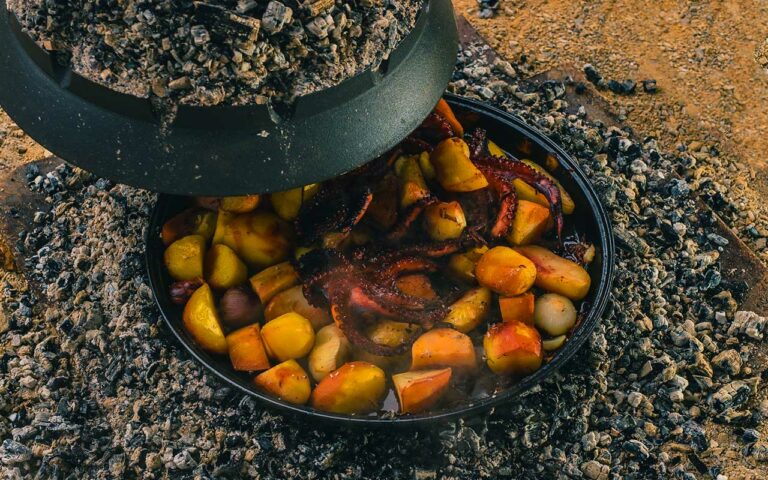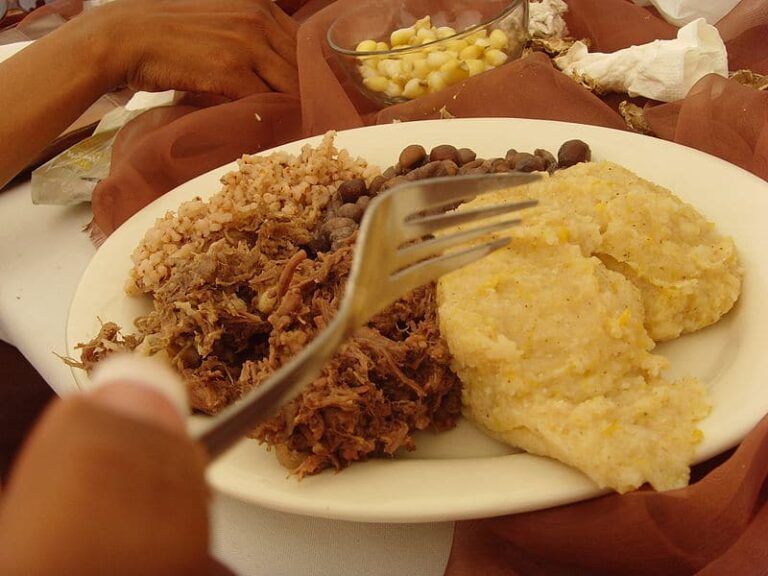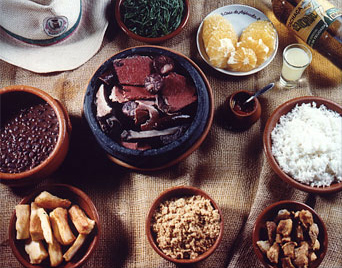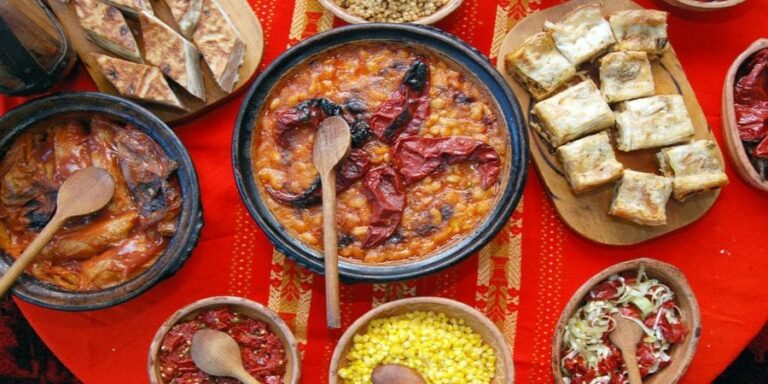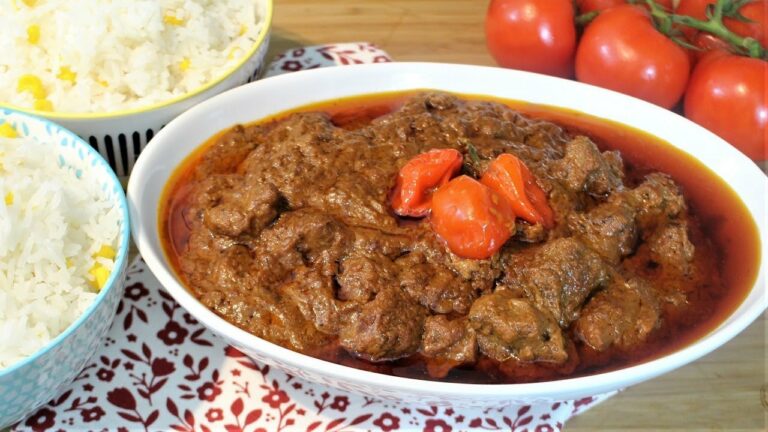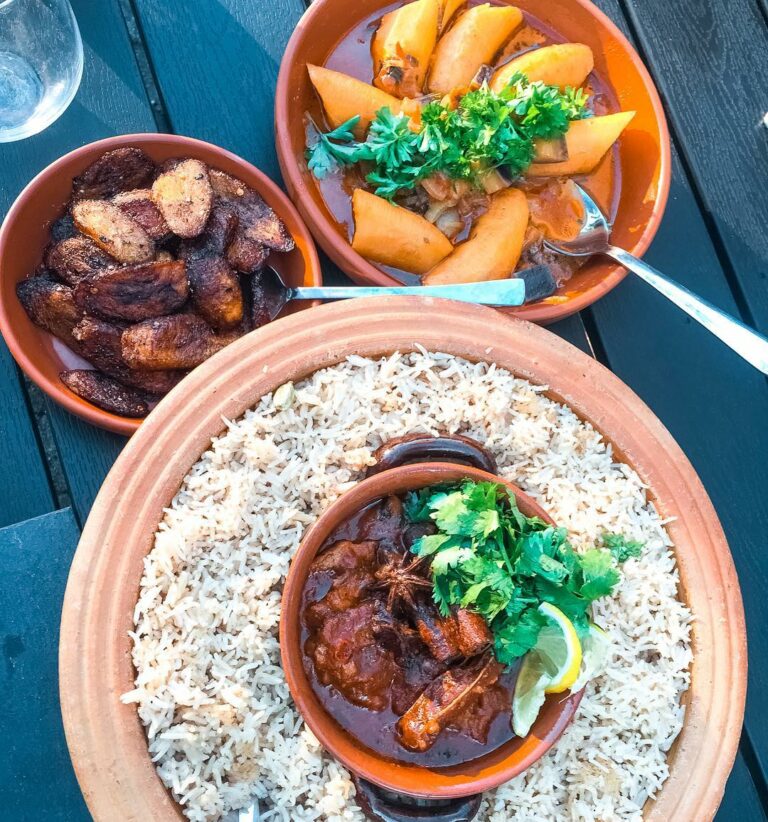Introduction: Typical Bosnian Cuisine
Bosnia and Herzegovina is renowned for its rich culinary heritage, which is a blend of Turkish, Austrian, and Yugoslavian influences. Bosnian cuisine is characterized by its simplicity and the use of natural ingredients, such as meat, vegetables, and dairy products. Bosnian dishes are hearty, filling, and flavorful, making them perfect for both locals and visitors alike.
Ćevapi: Grilled Ground Meat
Ćevapi is a popular Bosnian dish that consists of grilled ground meat (usually beef or lamb) that is rolled into sausage-shaped portions. The meat is seasoned with a variety of herbs and spices, such as paprika, salt, and garlic, then grilled to perfection. The meat is usually served on a flatbread called lepinja, along with diced onions and a dollop of kajmak (a creamy cheese spread). Ćevapi is often accompanied by a side of ajvar (a red pepper and eggplant spread) and a cold beer.
Burek: Flaky Pastry with Filling
Burek is a flaky pastry that is stuffed with a variety of fillings, such as cheese, meat, or spinach. The pastry is made by layering thin sheets of phyllo dough and brushing each layer with oil or butter before baking. Burek is typically served hot and fresh from the oven, sliced into portions. It can be eaten as a snack or a meal and is often paired with yogurt or sour cream.
Sarma: Stuffed Cabbage Rolls
Sarma is a traditional Bosnian dish that consists of stuffed cabbage rolls. The filling is made with ground meat (usually beef or lamb), rice, and a blend of spices, such as paprika, salt, and pepper. The mixture is then rolled into cabbage leaves and cooked in a sauce made with tomatoes, onions, and garlic. Sarma is typically served hot, with a side of mashed potatoes or bread.
Begova Čorba: Traditional Soup
Begova Čorba is a traditional Bosnian soup that is made with a variety of ingredients, such as beef, vegetables, and sour cream. The soup is cooked slowly for several hours, allowing the flavors to meld together. It is typically served hot, with a side of bread or crackers. Begova Čorba is a hearty and comforting dish that is perfect for cold or rainy days.
Klepe: Bosnian Dumplings
Klepe are Bosnian dumplings that are made with a mixture of ground meat (usually beef or lamb), onions, and spices, such as salt, pepper, and paprika. The mixture is then formed into small balls and boiled in water until cooked. Klepe are typically served hot, with a side of yogurt or sour cream.
Bosanske Šnite: Layered Cake
Bosanske Šnite is a layered cake that is made with a combination of phyllo dough, custard, and whipped cream. The phyllo dough is layered with custard and cream, then topped with a final layer of phyllo dough. The cake is then baked until golden brown. Bosanske Šnite is a rich and decadent dessert that is perfect for special occasions.
Conclusion: Must-Try Bosnian Dishes
Bosnia and Herzegovina is home to a variety of delicious and hearty dishes that are sure to satisfy any appetite. From grilled meats to flaky pastries, there is something for everyone to enjoy. If you are planning a trip to Bosnia, be sure to try some of the country’s most popular dishes, such as Ćevapi, Burek, Sarma, Begova Čorba, Klepe, and Bosanske Šnite. Your taste buds will thank you!

